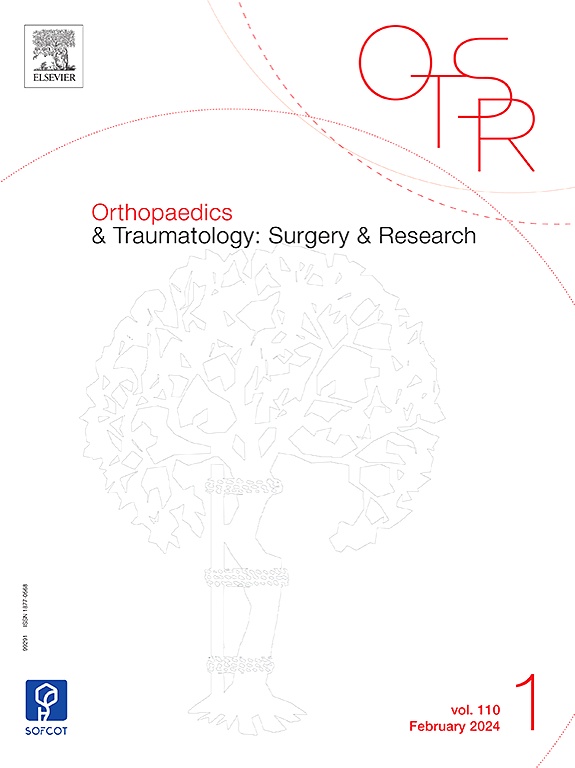
Similar Adverse Events & Complications with Aspirin vs Enoxparin for Hip/Knee Arthroplasty Patients

Similar Adverse Events & Complications with Aspirin vs Enoxparin for Hip/Knee Arthroplasty Patients
Aspirin versus enoxaparin for the initial prevention of venous thromboembolism following elective arthroplasty of the hip or knee: A systematic review and meta-analysis
Orthop Traumatol Surg Res. 2021 Feb;107(1): 102606.Synopsis
Four randomized controlled trials including 1507 adult patients with osteoarthritis (OA) undergoing an elective hip or knee arthroplasty were included in this meta-analysis comparing the use of aspirin to enoxaparin after surgery for thromboprophylaxis. The primary outcomes of interest included incidence of venous thromboembolism (VTE) and mortality, which were evaluated up to 3-months post-surger...
To view the full content, login to your account,
or start your 30-day FREE Trial today.
FREE TRIAL
LOGIN
Forgot Password?
Explore some of our unlocked ACE Reports below!

Learn about our AI Driven
High Impact Search Feature
Our AI driven High Impact metric calculates the impact an article will have by considering both the publishing journal and the content of the article itself. Built using the latest advances in natural language processing, OE High Impact predicts an article’s future number of citations better than impact factor alone.
Continue



 LOGIN
LOGIN

Join the Conversation
Please Login or Join to leave comments.